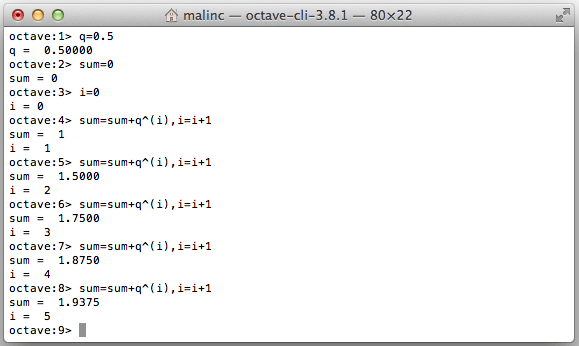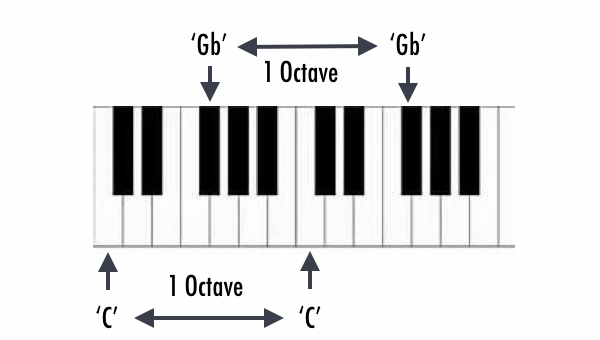

The Divine Mercy prayers walk us through this same prayer language in Paschal and Eucharistic imagery. In the Divine Mercy prayers we offer up to the Father, the “Body and Blood, Soul and Divinity” of Our Lord Jesus Christ, “in atonement for our sins and for those of the whole world.” This hearkens us back to Holy Thursday, when Jesus instituted the first Mass, offering up His Body and Blood in the Eucharist and then, on Good Friday, He suffered Bodily and Spiritually in His Passion and Crucifixion. In the Divine Mercy Chaplet and Novena there are similar Paschal and Eucharistic overtones. The image embodies the Paschal and Eucharistic mysteries. The red ray of light reminds us of the blood of the Cross, and the blood of the Eucharist whereas, the white ray of light reminds us of the waters that flowed from His pierced-side, and the waters of Baptism, and the gift of the Holy Spirit. These depict the blood and water, which flowed forth from His heart after He was pierced by a lance on the Cross.

In the Divine Mercy image, Jesus is pictured with two rays of light coming from His heart, one red and one white. It is fitting that Divine Mercy is a continuation of Easter because of its inherently Paschal and Eucharistic imagery. Faustina, designated the Easter Octave, Divine Mercy Sunday. Pope John Paul II said he had felt spiritually “very near” Saint Faustina, and he had “been thinking about her for a long time,” when he began his second encyclical, Dives in Misericordia, “Rich in Mercy,” in which he calls mercy “love’s second name.” It is not surprising then that he later, on April 30 2000, at the canonization ceremony of St. These devotions included the spiritual practices of venerating the image of Divine Mercy, with its simple prayer “Jesus, I trust in You!,” praying the Chaplet and Novena of Divine Mercy, and establishing Divine Mercy Sunday. Faustina Kowalska, who dutifully recorded in her well-known diary, everything that Christ commissioned to her regarding His Divine Mercy. The modern Divine Mercy devotions began with the Polish mystic, St. Augustine is attributed to have called it “the compendium of the days of mercy.” Indeed, in his Regina Caeli address on Divine Mercy Sunday on April 26, 1995, Pope John Paul II said “The whole Octave of Easter is like a single day,” and that Octave is “thanksgiving for the goodness God has shown man in the whole Easter mystery.” In these eight feast days, we offer thanksgiving for the divine mercy and salvation wrought for us on Good Friday and Easter Sunday. The early Church celebrated the Sunday after Easter as the feast day, Dominica in Albis depositis, “the Sunday dressed in white linen.” St. Even before the official designation, the Church has historically designated these eight days of Easter to celebrate the Paschal mysteries of divine mercy. The grace of Easter naturally flows into Mercy Sunday. Pope John Paul II stated in his Divine Mercy Sunday homily in 2001, “Divine Mercy! This is the Easter gift that the Church receives from the risen Christ and offers to humanity.” Divine mercy is the grace and merit won by Christ on our behalf in His Passion and Resurrection. It is entirely fitting that Divine Mercy Sunday is the culmination of the Easter Octave, for as St. It begins the fifty days of the Easter celebration to the feast of Pentecost, but these first eight days of the Easter Octave culminates with the second Sunday of Easter: Divine Mercy Sunday. This means each of the eight days is counted as a solemnity, the highest-ranking feast day, in which no other feast can be celebrated. The Church punctuates the special importance of this feast by assigning it the highest liturgical ranking, that is, as a Privileged Octave of the First Order. The eight days of the Easter Octave are a special time to celebrate the Lord’s Resurrection and more deeply contemplate its mysteries. The Catechism calls Easter the “Feast of feasts” and the “Solemnity of solemnities.” Yet, Easter Sunday is actually just the first day of the Easter Octave, the eight-day festal period, in which we continue to celebrate the momentous conclusion to the Paschal mystery and the economy of salvation played out in liturgical time.
:max_bytes(150000):strip_icc()/Scientific-Pitch-Notation_large-56a72cde3df78cf7729306a2.png)
This is, after all, the climax of the Christian year with the celebration of the Passion, death and Resurrection of Jesus Christ. After forty days of preparation with Lent, and the Easter Triduum, from Holy Thursday to Easter Sunday, it is easy to miss looking ahead on the Church’s liturgical calendar. Easter Sunday is not the end of our Easter celebration.


 0 kommentar(er)
0 kommentar(er)
